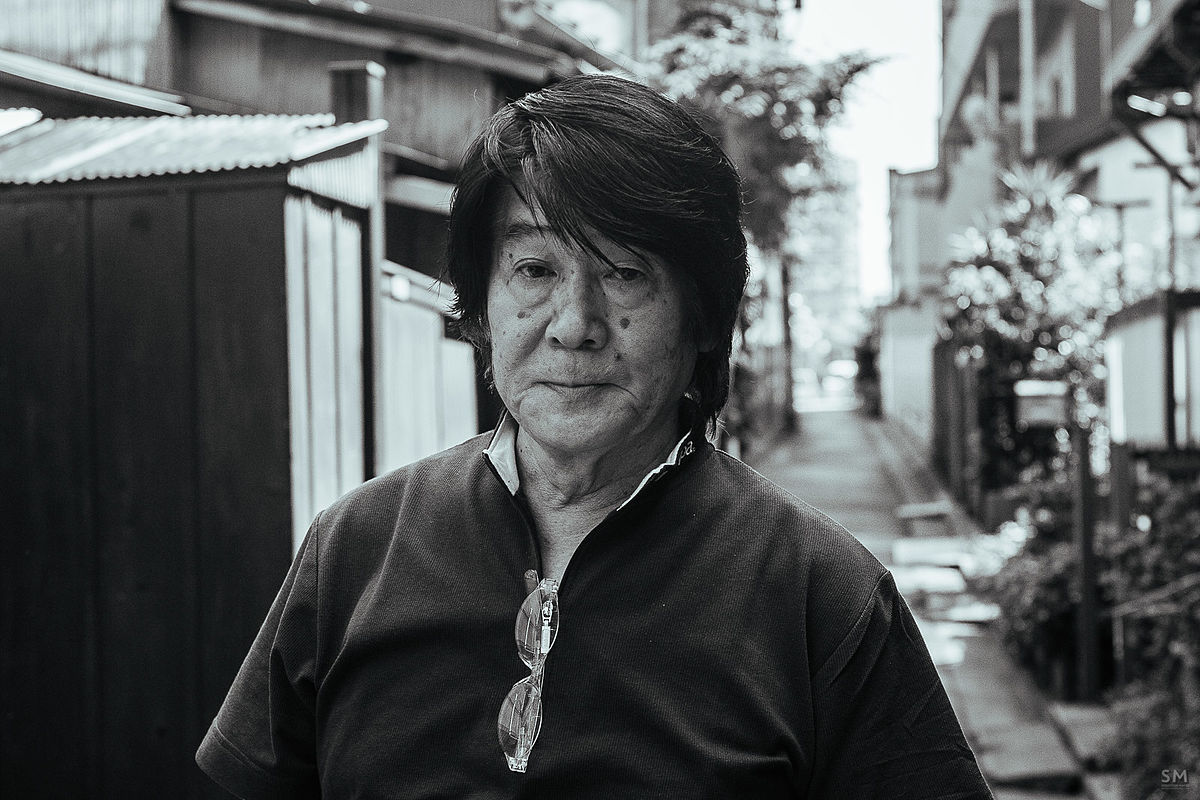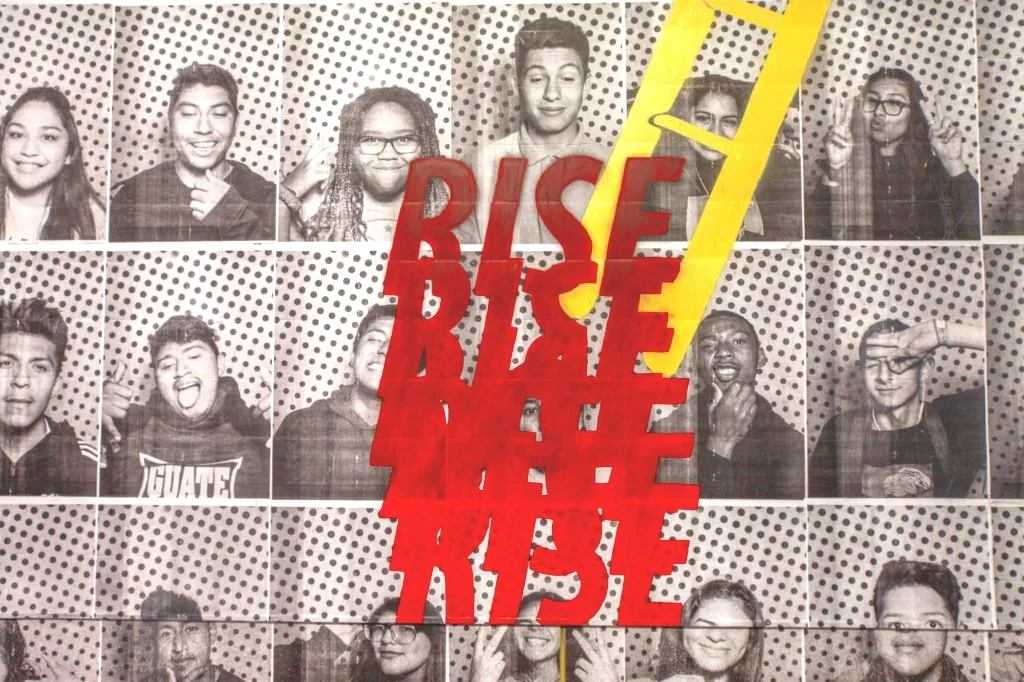This N' That: Keep In The Know With Photography News
By Ashley Yu
Courtesy of AcademyTravel.com
List of Venice Biennial Artists Released as Counter to Trump’s Vision
Curated by the director of the Hayward Gallery, Ralph Rugoff, the 58th edition of a prestigious exhibition will feature 83 artists with the central exhibition titled “May You Live in Interesting Times.”
Inspired by the speech of a British Parliament member directly prior to World War II, “May You Live in Interesting Times” explores this theme of living in our current state of political turmoil, particularly reflecting the era of fake news and divisive walls. It is noteworthy that this year’s Biennale has recruited less artists, in comparison to 136 artists in 2015, in order to grant more gallery space to each individual without overwhelming visitors. Moreover, each artist will present in each of the show’s two venues. Rugoff has stated that ideally, visitors should not be able to guess that the two shows, “Proposition A” and “Proposition B”, housed the same artists.
Though the recurring motifs of the Biennale invoke Donald Trump’s presidency, Rugoff decidedly refuse to present images of Trump. He stated that “his presence will be haunting”. Rugoff also did not desire to overtly criticise the polemic president. Instead the Biennale should create counternarratives to our tumultuous times.
Here is the list of all 83 participating artists.
© Sebastian Mayer
Daido Moriyama Wins 2019 Hasselblad Award
Japanese photographer Daido Moriyama has won the 2019 Hasselblad Foundation International Award in Photography. He will now have a solo exhibition in Gothenburg this autumn and a book on his collections will be published by Walter Krönig.
Born in Osaka, Moriyama is renowned for his impressionistic photography on the dark underbelly of urban life, that were “are, bure, bokeh” (“grainy/rough, blurry and out-of-focus.”) In 1969, he published the magazine Provoke. Albeit a short-lived one, the magazine was incredibly influential in establishing perceptions of post-war Japan whilst also liberating photography from traditional mediums. Influenced by the writings of James Baldwin and the photography of William Klein, Moriyama has undoubtedly created international recognition for Japanese photographers. The Hasselblad Foundation has praised his images for its “highly subjective but authentic approach...his work occupies a unique space between the illusory and the real.”
The Hasselblad Foundation, formed in 1979, has been granting awards for the nearly 40 years to acclaimed photographers, such as William Klein, Cindy Sherman, and Nan Goldin.
The US Senate has directly blamed Saudi Crown Prince Mohammed bin Salman, pictured here, for the murder of dissident Saudi journalist Jamal Khashoggi. Photo: Fayez Nureldine/AFP/Getty Images. Courtesy of ArtNet News.
Frieze Stakeholder Returns $400 Million to Saudi Arabia
It has been more than five months since the gruesome murder of subversive journalist Jamal Khashoggi, ordered by the Saudi Crown Prince. Following these events, major corporations and art institutions have distanced themselves out of moral and ethical obligations.
It has been reported that the talent agency Endeavor, a majority stakeholder of the International Frieze Art Fair, has returned $400 million from the Saudi State. The investment was intended to expand not only the company, but also Saudi Arabia’s cultural market. The agency has, in the past, established genial relations with the Crown after having hosted a lavish party for the Prince.
Endeavour is only one of many institutions who have withdrawn from any involvement, financial or otherwise, with Saudi Arabia. In October of last year, the Metropolitan Museum of Art and the Brooklyn Museum turned down Saudi funding for Arab art. Meanwhile, billionaire Richard Branson resigned from an initiative that was supposed to establish a museum of Arab civilization in Saudi Arabia.
Yannis Behrakis takes a self portrait after surviving an ambush by Revolutionary United Front rebels in the jungle of Sierra Leone in which Kurt Schork and Miguel Moreno were killed, 2000. ©REUTERS/Yannis Behrakis. Courtesy of the British Journal of Photography.
Photojournalist Yannis Behrakis Dies at 58
After a long struggle with cancer, acclaimed photojournalist Yannis Behrakis dies at 58 in his hometown in Athens. He is survived by his wife and their two children.
Born in 1960, Behrakis began photography after coming across a Time-Life photobook. In 1989, his photography career skyrocketed with his image of Muammar Gaddafi in Libya after the military coup. Since then, Behrakis has documented a litany of historical events in our modern world, including the funeral of Iranian Revolution leader Ayatollah Khomeini, the Croatian Wars, the first and second Gulf Wars, the Arab Spring and the NATO bombing of ISIS in Syria.
The most circulated story of Behrakis was his survival of an ambush in Sierra Leone, circa 2000. His close friend and American reporter Kurt Schork, as well as the Spanish cameraman Miguel Gil Moreno de Mora, were killed. He and South African cameraman Mark Chisholm managed to escape and hid in the jungles for hours. As he emerged back into view, he captured the infamous photo that would win the Pulitzer Prize in Breaking News Photography.
Joep Van Lieshout. ©Aliana Adrianova. Courtesy of ArtNet News
Dutch Artist Brings Dystopian Art to New York
Most Americans know Joep Van Lieshout’s name from The Fault in Our Stars, whose sculptures were featured in the film/novel. He has made his name in Europe for his collaboration with Dutch designer brands, such as Mooi.
In 2001, the Dutch artist formed AVL-Ville, a “free-state” by Rotterdam’s harbours as means of a social experiment. The artist was part of a commune whose members lived and worked in the absence of technology. The people lived in caravans and mobile homes while managing farms and slaughterhouses. The commune had its own water-purification system powered by renewable energy. However, his utopic “free-state” survived less than a year.
Van Lieshout is now hosting his largest exhibition in the US. Titled The CryptoFuturist and the New Tribal Labyrinth, his art is displayed in Brooklyn’s Pioneer Works. Inspired by the Italian Futurists and the fictional movement that envisioned a Neo-Industrial Revolution, Van Lieshout’s installation is an eclectic mixture of sculptures and furniture as commentary on environmental sustainability in the wake of what he sees as our modern dystopian world.
You can read more about his exhibition here.
Carolee Schneeman photographed in her home in New Paltz, upstate New York, in 1996. ©Joan Barker. Courtesy of the Guardian.
Revolutionary Feminist Artist Carolee Schneeman Dies at 79
On March 6, visionary performance artist Carolee Schneeman passed away from breast cancer at the age of 79.
Born in Pennsylvania in 1939, Schneeman’s parents were reportedly very accepting of their eccentric child. Her father was a physician, and so she would have witnessed different bodies at various stages of health. The body, and all its grotesque contortions, would later be a recurring motif in Schneeman’s performances.
She rose to notoriety after her sensational performance Meat Joy in 1964. The performance was an orgiastic display of naked men and women rolling around in dead fish, sausages, blood-red paint, and other substances. She claimed, in an interview in 1991, it was as an “erotic rite” and a bacchanalian celebration of the flesh. This blatant sexuality repeatedly resurfaced in different avant-garde projects, including Fuses, which was an artistic sex tape with her husband at the time, and Interior Scrolls, which involved a poem being pulled from her vagina and recited out loud. Her performances were often dismissed as narcissistic, yet her artistic commentary on the intersection between gender, the body, and sexuality was completely unprecedented.
After years of exclusion from the mainstream art world, Schneeman has increasingly become known for her incredible influence on prototypical feminist art and her “Neo-Dada” artwork. In 2017, she won the Venice Biennale’s Golden Lion award for lifetime achievement. We see her vivacity in a letter to the MacArthur Foundation, stating “I am not the only woman artist with a distinguished history who has no way to sustain her work, nor provide for her future. I’m enclosing a bibliography as well as an exhibition and lecture sheet to clarify this extremely paradoxical history.”













